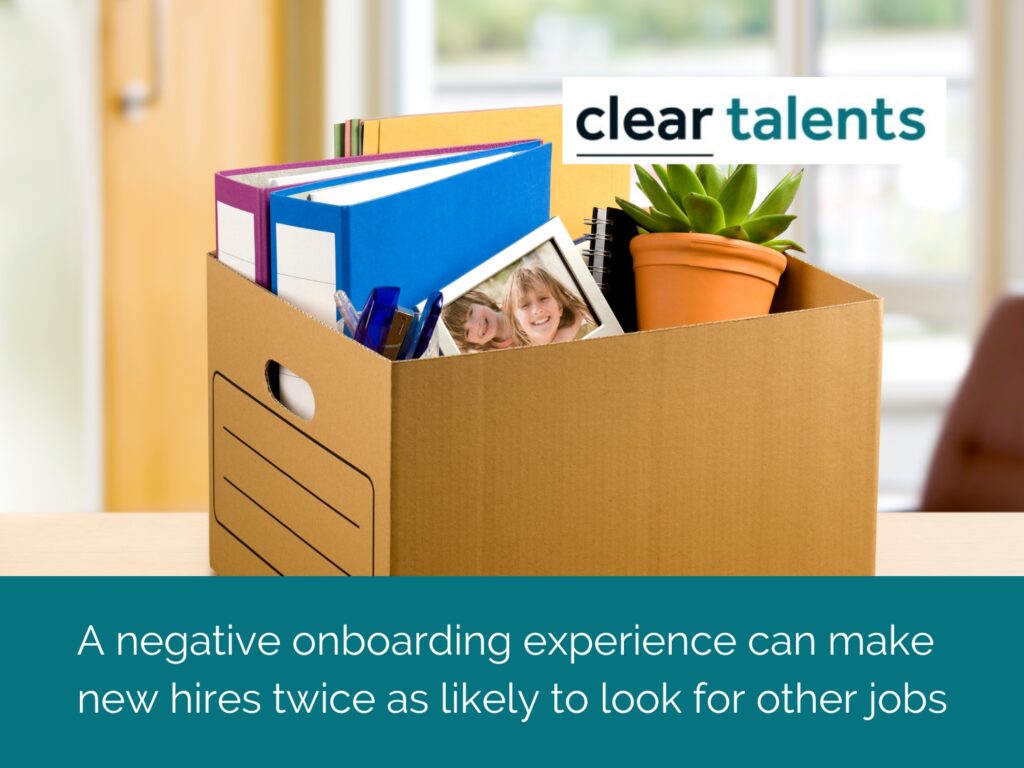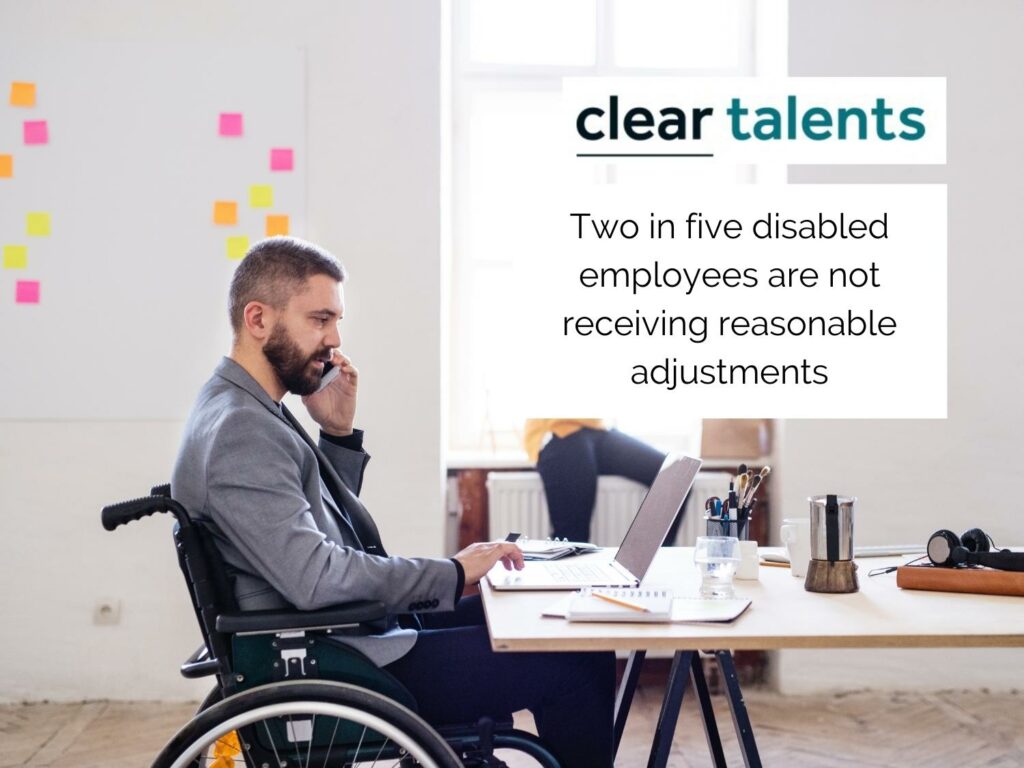How to do inclusive onboarding
As an employer, it’s in employees’ interest – and yours – to ease people into a new role. Yet onboarding is often an afterthought for many employers.
One survey found almost a quarter of companies don’t do successful onboarding. Just under half (49%) of companies rated onboarding as “somewhat” successful.
A negative onboarding experience produces higher employee turnover and can make new hires twice as likely to look for other jobs. A third of new hires look for a new job within six months.

Within a year, 25% of new employees leave.
Employees overwhelmed during onboarding
It’s easy to overwhelm new starters with excessive paperwork and meetings. Employers expect the average new hire to complete 54 activities while onboarding.
In one survey, 58% of organisations said there was a focus on processes and paperwork during onboarding.
New hires with disabilities or differences may need support during onboarding. This is a critical phase to check if new hires need reasonable adjustments to perform at their best.
The benefits of inclusive onboarding

Onboarding well can improve new hire retention by 82% and productivity by over 70%. Read on to discover our top tips on inclusive onboarding.
5 tips on Inclusive onboarding
Onboarding is a vital part of the hiring process. Get it right, and you’ll win loyalty, retain staff and have happier employees.
1. Culture, not paperwork
Rather than swamp new employees in admin, offer information about your culture. Include information on your vision, mission and values. Let employees know about inclusive initiatives within your organisation. For example, do you celebrate a diverse calendar of events? Are there Employee Resource Groups to support them? Or to join?
2. Check if employees need reasonable adjustments
People Management reports two in five disabled employees are not receiving reasonable adjustments. The survey found that 27 per cent of individuals who had disclosed their disability to their employer were not receiving the needed adjustments. Among those who hadn’t disclosed a disability, three in five had not received reasonable adjustments.
ClearTalents’ Inclusion Passport helps employees identify reasonable adjustments they need in the workplace. Our approach ensures your organisation complies with The Equality Act 2010, which states that making reasonable adjustments for disabled employees is a legal requirement.
Reasonable adjustments can be small, and many are free.

For more information, Get in Touch.
3. Make information accessible
Onboarding does require information sharing, but it doesn’t have to be in writing. Supply training materials in many mediums, including written, visual and audio.
Where materials are in writing, make them accessible. Microsoft Office now includes an accessibility checker.
You’ll find it under the Review Tab in the Ribbon of Microsoft Word. For example, it will prompt you to add Alt Text to images within a document.
4. A shared language

Companies develop a language. It could be the tone of voice, acronyms, or terms. Share resources with new people so they can join the conversation. Encourage inclusive language in the workplace, so everyone feels included and welcome.
Read our tips for using inclusive language at work.
5. Allow space for settling in
Not everyone takes in information in the same way. Allow space for onboarding. Consider where people may need reasonable adjustments while settling in. We’re not saying make onboarding last forever but make space in the calendar of new hires to take in information such as an employee handbook.
Contact ClearTalents for more information about workplace inclusion.